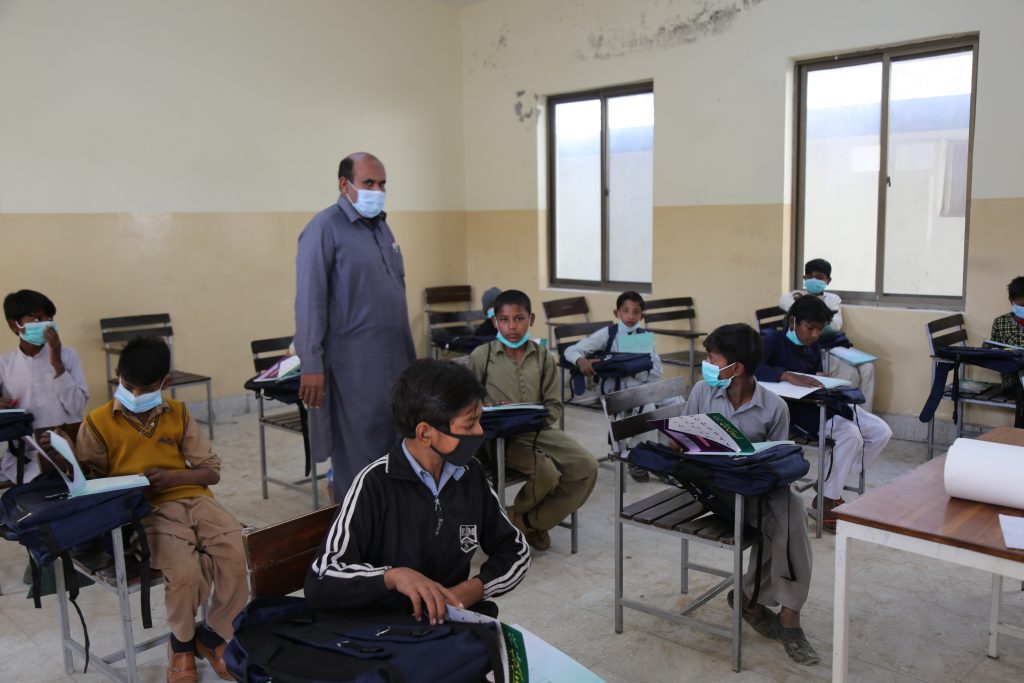There is sufficient clarity at the federal and provincial tiers of the government regarding the urgency to tackle Pakistan’s education crises. However, despite this clarity, the issue continues to be dealt with in a manner that can at best be described as disorganized. This is illustrated by the complete disconnect between the State’s identified and nationally adopted SDG 4 priority targets and its investment trajectory within education since 2015-16.” These views were expressed by the economist and the author of the recently published white paper, “Public Investment in Education: An Appraisal of SDG 4 in Pakistan,” Asim Bashir Khan. Despite the passage of more than five years since ratifying the 2030 Sustainable Development Agenda, Pakistan is yet to begin making the preliminary but significant adjustments identified in its National Framework,” he further added.
The white paper published by Pakistan Youth Change Advocates (PYCA)and the Education Champion Network (ECN) provides a walk-through on the country’s current status against Goal 4, takes stalk of the investment made hence far for its realization, and offers a set of recommendations that are necessary to propel the country to meet the 2030 Agenda.
“SDG 4, which focuses on equitable quality education for all was adopted as a Tier 1 priority goal by Pakistan. However, despite only nine years remaining to 2030, the federal and provincial governments have not yet been able to prioritize their education budgeting as per SDG 4,” shared Areebah Shahid, Executive Director of PYCA. “For instance, despite being a high priority target, SDG 4.5 (i.e., gender parity in education) has received very little investment between 2015-2021. During the budget announcements made for the current fiscal year, the federal government and Balochistan announced no specific schemes to enhance girls’ access to education at all. This is specifically troublesome in the case of Balochistan because it has the highest percentage of out-of-school girls in the entire country.”
Adding to this, Hisham Khan, Program Officer at PYCA said, “Similarly, except Islamabad Capital Territory and KP where 5.2 percent and 2.47 percent were respectively pledged in budget 2021-22, no other government earmarked any funds for the maintenance and enhancement of education infrastructure. This is especially alarming in the backdrop of the pandemic when schools, more than ever before need to be furnished with such basic facilities as clean water, toilets, and hand-washing stations to keep the children safe from COVID-19.”
The paper recommends the need for more active coordination between the federal and provincial governments is needed to secure Pakistan’s educational future. On the one hand, it will help formulate education policy documents by national consensus, and on the other hand, it will enable the simultaneous introduction of nationwide reforms in the education sector. The paper also emphasizes the need to end the perpetual state of inertia at the political level when it comes to prioritizing education so that Pakistan finally stands a chance to march its way to the finish line in 2030.





 Four social enterprises emerge victorious in UNDP-Jazz SDG Bootcamps 1st cohort
Four social enterprises emerge victorious in UNDP-Jazz SDG Bootcamps 1st cohort